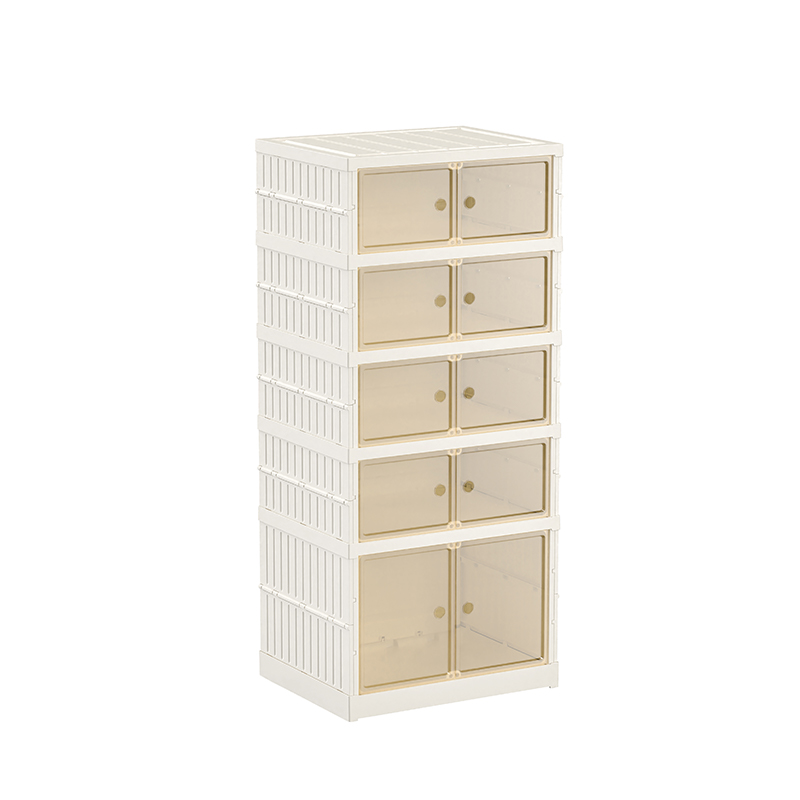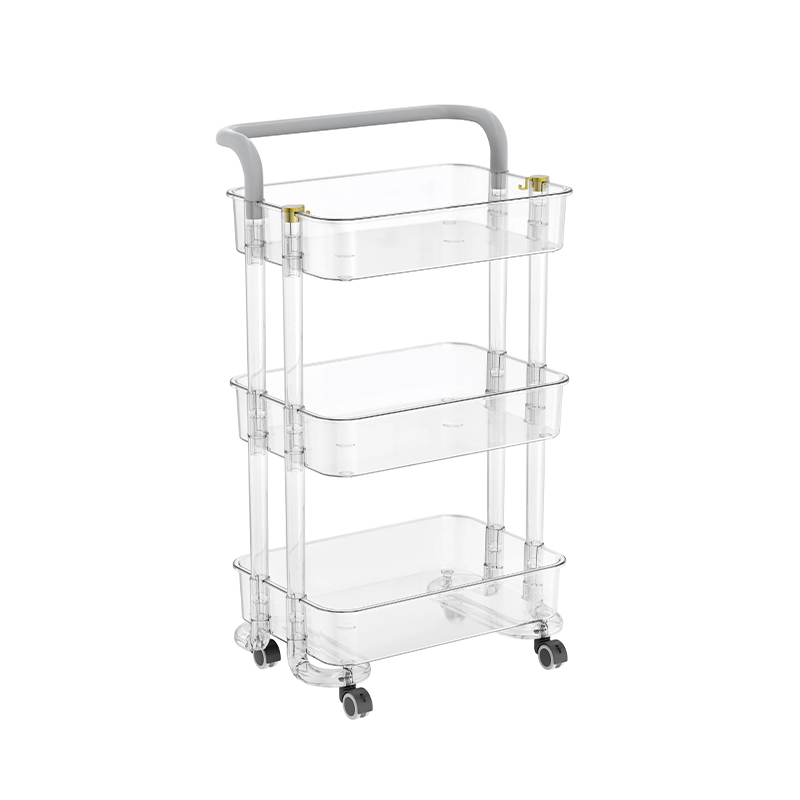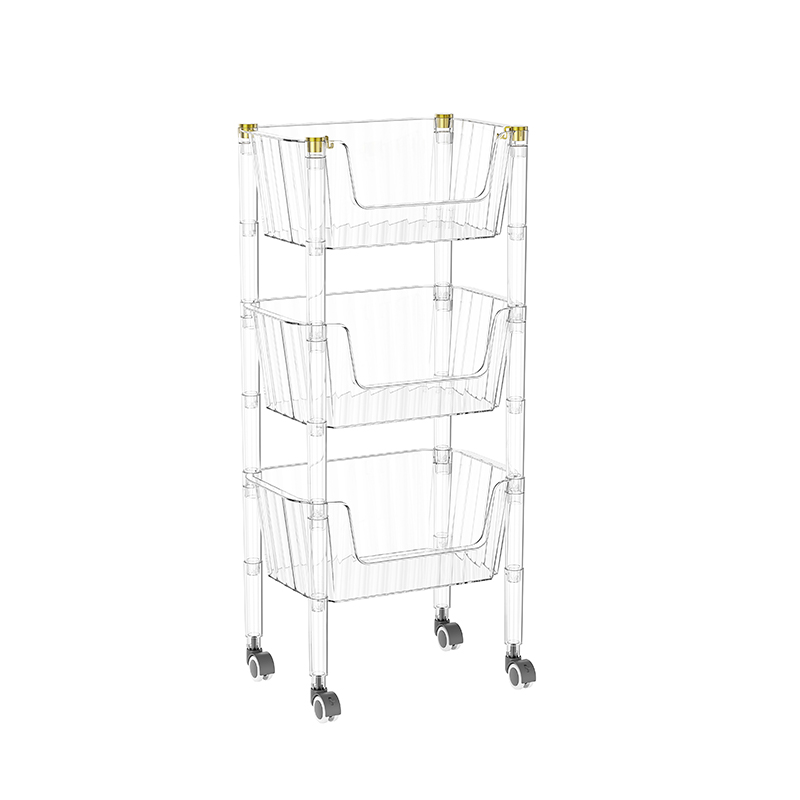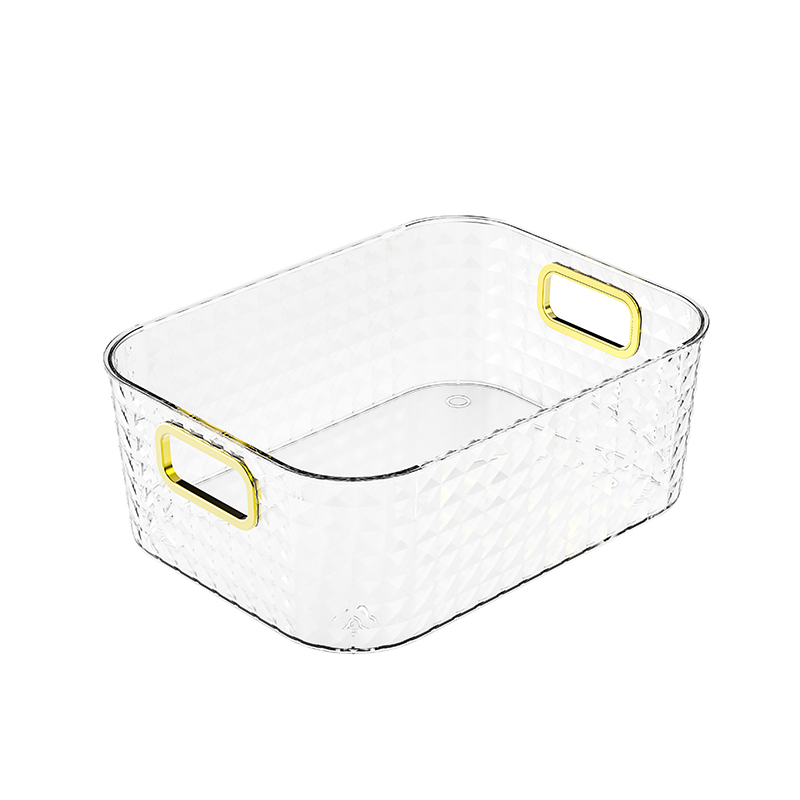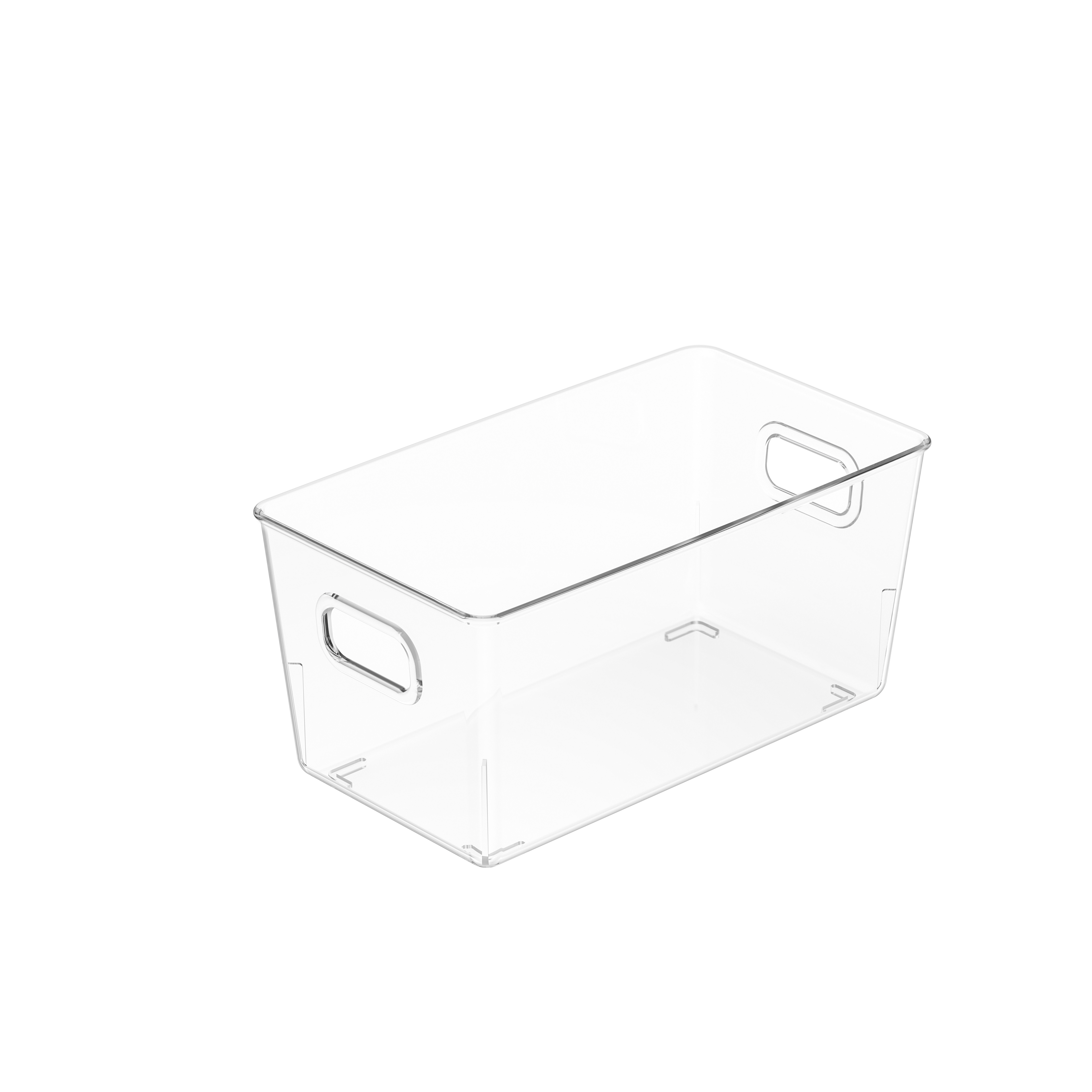Introduction to Kitchen Plastic Storage
Kitchen plastic storage containers are a staple in modern kitchens. These items are used for storing food, organizing kitchen supplies, and keeping perishables fresh. Over the years, the demand for these plastic products has grown due to their practicality, durability, and affordability. However, as environmental concerns grow, questions about the sustainability of the materials and processes used in their production have gained prominence. This article explores whether kitchen plastic storage products are made from sustainable materials or processes and what impact they have on the environment.
Materials Used in Kitchen Plastic Storage
The material choice for plastic storage containers varies, with the most common being polypropylene (PP), polyethylene (PE), polyvinyl chloride (PVC), and polystyrene (PS). Each of these materials offers different qualities such as flexibility, strength, and heat resistance. However, when it comes to sustainability, not all plastics are created equal, and the environmental impact of these materials can differ significantly.
Polypropylene (PP) – A Popular Plastic Choice
Polypropylene is one of the most commonly used plastics in kitchen storage containers. It is favored for its durability, resistance to high temperatures, and ability to be easily molded into different shapes. In terms of sustainability, polypropylene has some advantages. It is recyclable, which means that it can be repurposed into new products rather than ending up in landfills. However, its production process can still be energy-intensive and rely on fossil fuels. Additionally, polypropylene is not biodegradable, meaning it can persist in the environment for a long time if not properly recycled.
Polyethylene (PE) and Its Sustainability Considerations
Polyethylene is another common plastic used for kitchen storage containers. It is typically found in low-density polyethylene (LDPE) and high-density polyethylene (HDPE) forms. LDPE is used in flexible packaging and some containers, while HDPE is used for more rigid items. Like polypropylene, polyethylene is recyclable, but its recycling rate is lower compared to other materials, and its production still requires considerable energy. In terms of environmental friendliness, polyethylene does not decompose quickly and can contribute to long-term waste if not recycled appropriately.
Polyvinyl Chloride (PVC) – A Less Sustainable Option
Polyvinyl chloride (PVC) is a plastic material used in some kitchen storage products, although it is less common than polypropylene or polyethylene. While PVC is durable and resistant to chemicals, its production and disposal pose significant environmental concerns. The production of PVC involves the use of chlorine and petroleum-based feedstocks, both of which can have negative environmental impacts. Additionally, PVC is difficult to recycle, and when burned, it releases toxic chemicals such as dioxins. This makes PVC a less sustainable option compared to other plastics used in kitchen storage containers.
Polystyrene (PS) – Environmental Impact of This Plastic
Polystyrene is used in some disposable food storage products, such as foam containers. While polystyrene is lightweight and inexpensive, it is one of the least sustainable plastics. It is not recyclable in many areas, and its production can release harmful chemicals into the environment. Moreover, polystyrene takes a long time to break down, contributing to plastic waste in landfills and oceans. Due to these environmental concerns, the use of polystyrene in food storage has been discouraged by many environmental groups, and its use in kitchen storage is increasingly being replaced by more sustainable alternatives.
Bioplastics – An Emerging Sustainable Alternative
In recent years, the development of bioplastics has emerged as a potential solution to the environmental challenges associated with conventional plastics. Bioplastics are made from renewable resources such as corn starch, sugarcane, or plant-based oils. The most common types of bioplastics used in food storage are polylactic acid (PLA) and polyhydroxyalkanoates (PHA). These materials offer several environmental benefits over traditional plastics. They are biodegradable and compostable, meaning they break down more quickly and safely in the environment. However, the production of bioplastics is still energy-intensive, and there are concerns about the land and resources required to grow the plants used to produce these materials.
Sustainability of the Production Process
While the materials used in kitchen plastic storage containers are important, the sustainability of the production process itself also plays a critical role. The manufacturing of plastic products requires significant energy, and the processes involved often rely on fossil fuels. The extraction of raw materials, the chemical processes used to create plastic polymers, and the molding or injection of the plastic into final products all contribute to the overall environmental footprint of these products. Additionally, some plastic production processes involve the use of toxic chemicals, which can lead to air and water pollution if not properly managed.
Recycling and Circular Economy
One of the most significant ways to improve the sustainability of kitchen plastic storage is through recycling. Plastics such as polypropylene and polyethylene can be recycled and turned into new products, reducing the need for virgin materials and conserving resources. However, the recycling rate for plastics is still relatively low, and many plastics end up in landfills or the ocean. Efforts to improve recycling infrastructure, as well as innovations in recycling technologies, are crucial for reducing the environmental impact of plastic products. Furthermore, some companies are now adopting circular economy models, where products are designed for easier recycling or reuse, helping to minimize waste.
Environmental Impact of Plastic Waste
Plastic waste is one of the most significant environmental issues facing the world today. Single-use plastics, including kitchen storage containers, are major contributors to global plastic pollution. When these products are not properly recycled or disposed of, they can end up in landfills or, worse, in the oceans, where they can take hundreds of years to decompose. Plastics in the ocean pose a serious threat to marine life, as animals can become entangled in plastic waste or ingest it, leading to injury or death. Moreover, the breakdown of plastic into microplastics has widespread environmental consequences, affecting ecosystems and entering the food chain.
Alternatives to Traditional Plastic Storage Containers
To address the sustainability concerns surrounding kitchen plastic storage, many consumers are turning to alternative materials. Glass, stainless steel, and bamboo are some of the most popular alternatives to plastic in kitchen storage. Glass containers are non-toxic, durable, and recyclable, making them a more sustainable choice for storing food. Stainless steel containers are also reusable and can last for many years, reducing the need for frequent replacements. Bamboo and other natural materials are biodegradable and have minimal environmental impact when compared to plastic. By switching to these alternatives, consumers can reduce their reliance on plastic and help mitigate the environmental challenges associated with plastic waste.
Challenges in Transitioning to Sustainable Kitchen Storage
While there are many advantages to using sustainable materials in kitchen storage, there are also challenges to widespread adoption. One of the main barriers is cost. Sustainable materials such as glass and stainless steel tend to be more expensive than plastic, which can deter some consumers from making the switch. Additionally, sustainable alternatives may not always be as convenient as plastic, especially when it comes to weight, storage space, or durability. There is also the issue of availability, as not all regions have easy access to eco-friendly kitchen products. Overcoming these challenges will require a shift in both consumer behavior and manufacturing practices to make sustainable products more accessible and affordable.
Comparison of Plastic Materials for Kitchen Storage
| Material | Environmental Impact | Recyclability | Biodegradability |
|---|---|---|---|
| Polypropylene (PP) | Energy-intensive production, low waste | Recyclable | Non-biodegradable |
| Polyethylene (PE) | Energy-intensive production, some waste | Recyclable | Non-biodegradable |
| Polyvinyl Chloride (PVC) | High energy use, toxic chemicals | Hard to recycle | Non-biodegradable |
| Polystyrene (PS) | Low recyclability, high environmental harm | Hard to recycle | Non-biodegradable |
| Bioplastics (PLA, PHA) | Energy-intensive, renewable resources | Biodegradable, compostable | Biodegradable |

